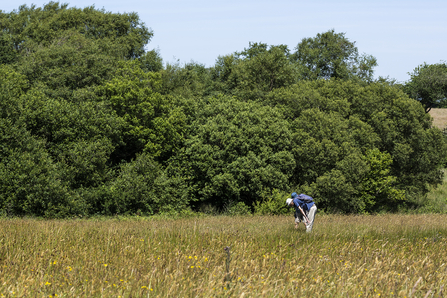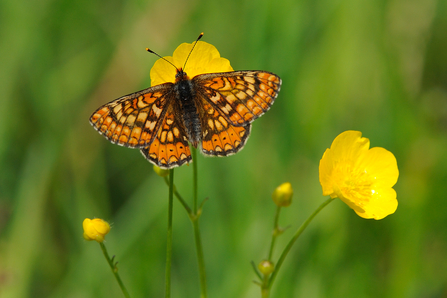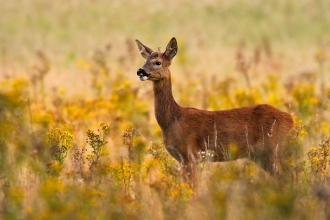Greena Moor is Cornwall's finest area of culm grassland, an internationally rare grassland type found in only a few places across the UK. Look amongst the rushes and tussocks of purple moor-grass and you will discover an abundance of unique moisture-loving wildlife...
Agricultural intensification has destroyed over 92% of this precious habitat since the mid-20th century. Despite this, the site at Greena Moor survived thanks to careful management over multiple generations of the Harris family, tenant farmers with a great affection for the moor. In the 1900s, Cornwall Wildlife Trust acquired the land in partnership with Plantlife; focused management combined with further land acquisition have allowed this precious habitat to thrive and expand.












